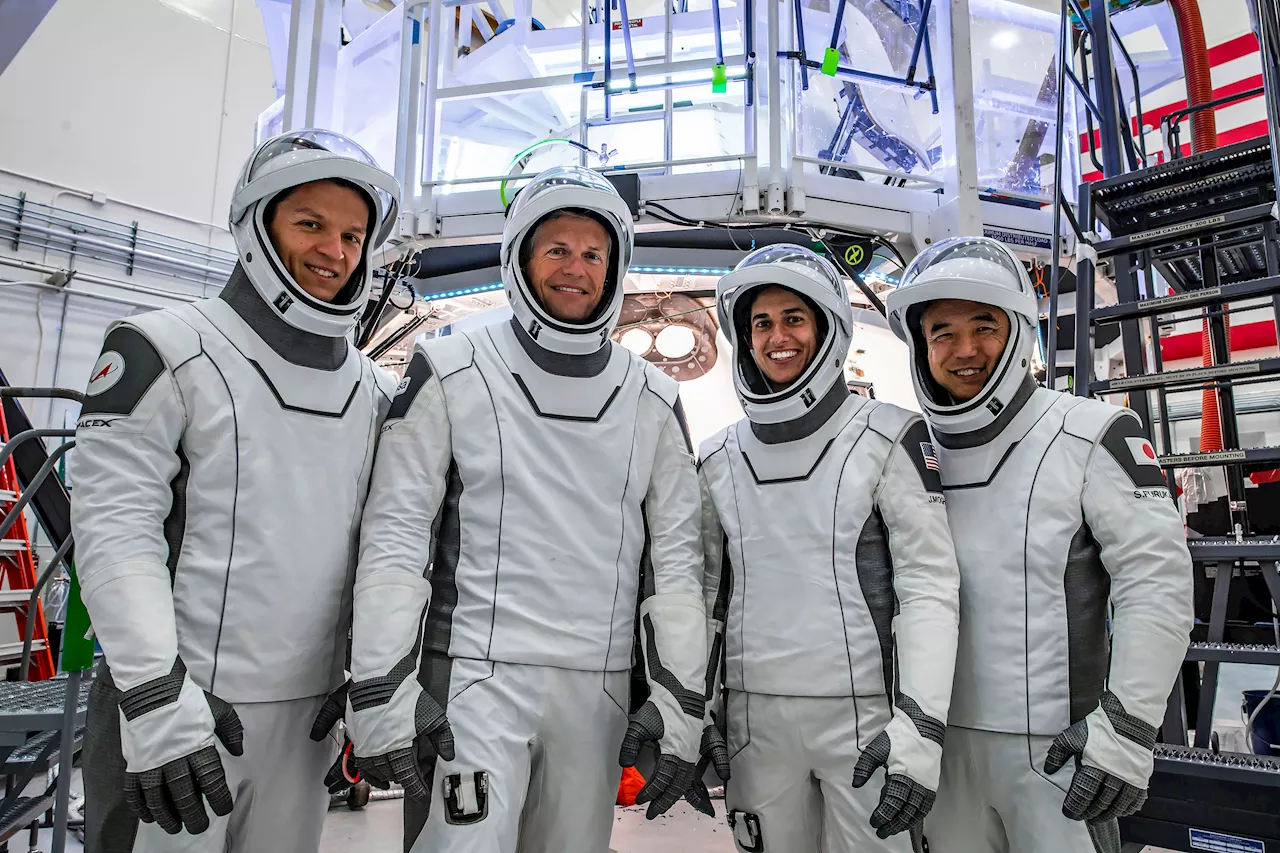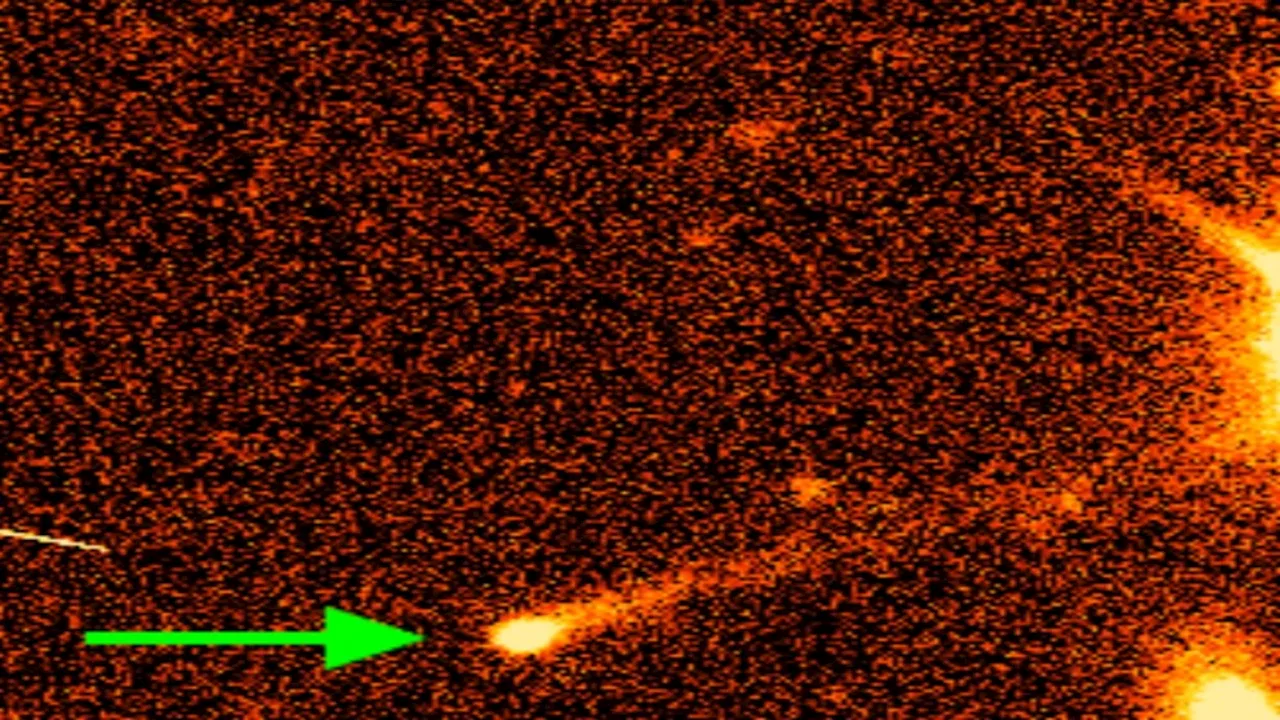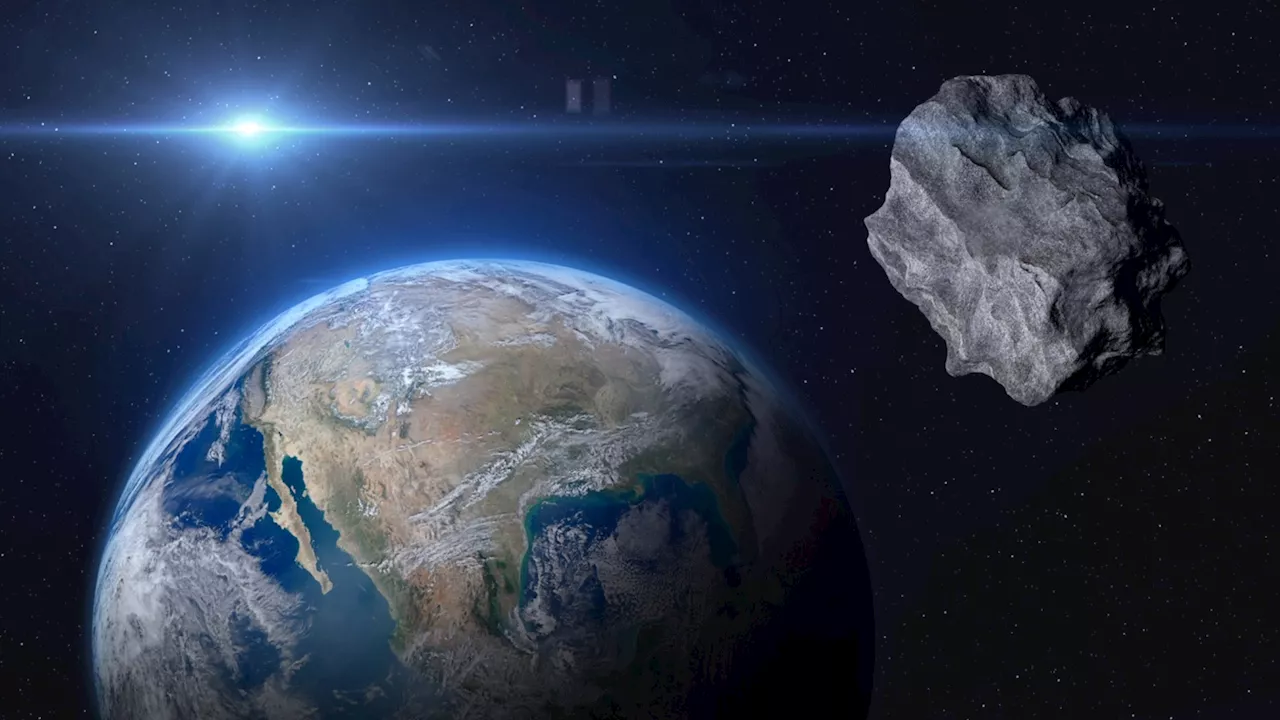After NASA’s historic Double Asteroid Redirection Test, a JPL-led study has shown that the shape of asteroid Dimorphos has changed and its orbit has shrunk.
The asteroid Dimorphos was captured by NASA’s DART mission just two seconds before the spacecraft struck its surface on Sept. 26, 2022. Observations of the asteroid before and after impact suggest it is a loosely packed “rubble pile” object.into a 560-foot-wide asteroid on Sept. 26, 2022, it made its mark in more ways than one. The demonstration showed that acould deflect a hazardous asteroid should one ever be on a collision course with Earth.
This illustration shows the approximate shape change that the asteroid Dimorphos experienced after DART hit it. Before impact, left, the asteroid was shaped like a squashed ball; after impact it took on a more elongated shape, like a watermelon.Naidu’s team used three data sources in their computer models to deduce what had happened to the asteroid after impact. The first source was aboard DART: The spacecraft).
The third and most significant source of data: ground telescopes around the world that measured both asteroids’ “light curve,” or how the sunlight reflecting off the asteroids’ surfaces changed over time. By comparing the light curves before and after impact, the researchers could learn how DART altered Dimorphos’ motion.
The models are so precise, they even show that Dimorphos rocks back and forth as it orbits Didymos, Naidu said.The team’s models also calculated how Dimorphos’ orbital period evolved. Immediately after impact, DART reduced the average distance between the two asteroids, shortening Dimorphos’ orbital period by 32 minutes and 42 seconds, to 11 hours, 22 minutes, and 37 seconds.
United Kingdom Latest News, United Kingdom Headlines
Similar News:You can also read news stories similar to this one that we have collected from other news sources.
 NASA volunteers find 15 rare 'active asteroids'Some extraordinary asteroids have 'activity'—comet-like tails or envelopes of gas and dust. NASA's Active Asteroids project announced the discovery of activity on 15 asteroids, challenging conventional wisdom about the solar system.
NASA volunteers find 15 rare 'active asteroids'Some extraordinary asteroids have 'activity'—comet-like tails or envelopes of gas and dust. NASA's Active Asteroids project announced the discovery of activity on 15 asteroids, challenging conventional wisdom about the solar system.
Read more »
 NASA Armstrong Updates 1960s Concept to Study Giant PlanetsNASA researchers are looking at the possibility of using a wingless, unpowered aircraft design from the 1960s to gather atmospheric data on other planets –
NASA Armstrong Updates 1960s Concept to Study Giant PlanetsNASA researchers are looking at the possibility of using a wingless, unpowered aircraft design from the 1960s to gather atmospheric data on other planets –
Read more »
 New NASA Mission will Study Ultraviolet Sky, Stars, Stellar ExplosionsAs NASA explores the unknown in air and space, a new mission to survey ultraviolet light across the entire sky will provide the agency with more insight into
New NASA Mission will Study Ultraviolet Sky, Stars, Stellar ExplosionsAs NASA explores the unknown in air and space, a new mission to survey ultraviolet light across the entire sky will provide the agency with more insight into
Read more »
 NASA’s SpaceX Crew-7 Return to Earth to Air Live on NASA PlatformsNASA will provide live coverage of the agency’s SpaceX Crew-7 return to Earth from the International Space Station, beginning with a change-of-command
NASA’s SpaceX Crew-7 Return to Earth to Air Live on NASA PlatformsNASA will provide live coverage of the agency’s SpaceX Crew-7 return to Earth from the International Space Station, beginning with a change-of-command
Read more »
 Volunteers turn into astronauts, find comet-like activity on 15 asteroidsCitizen scientists helps NASA find comet-like features on asteroids, offering clues to solar system's origins.
Volunteers turn into astronauts, find comet-like activity on 15 asteroidsCitizen scientists helps NASA find comet-like features on asteroids, offering clues to solar system's origins.
Read more »
 1.3 million asteroids examined, Apophis poses no rebound threat to EarthThe asteroid is predicted to pass near 37,399 kilometers of Earth on April 13, 2029.
1.3 million asteroids examined, Apophis poses no rebound threat to EarthThe asteroid is predicted to pass near 37,399 kilometers of Earth on April 13, 2029.
Read more »
